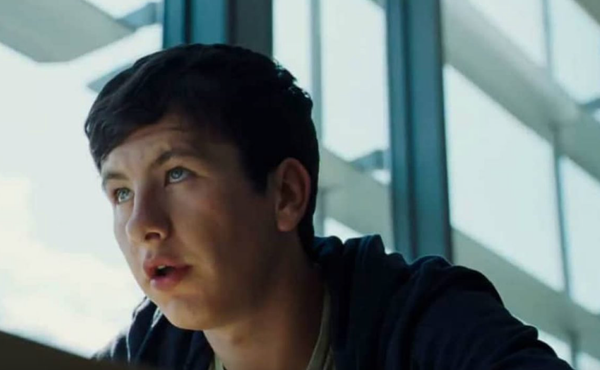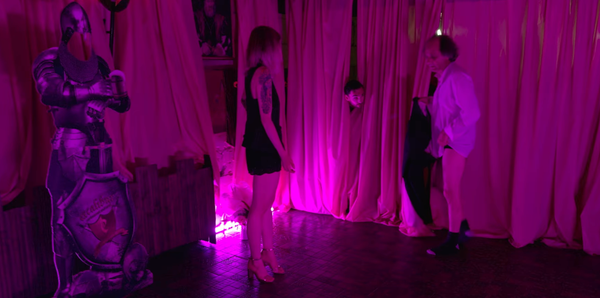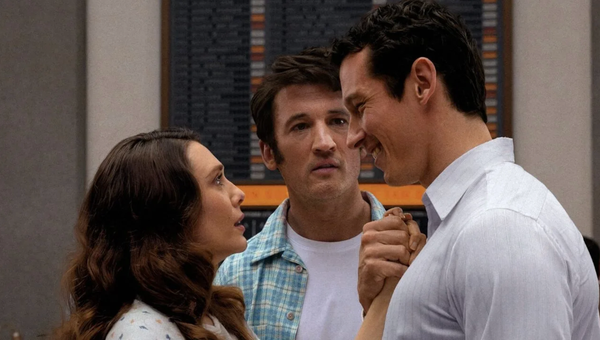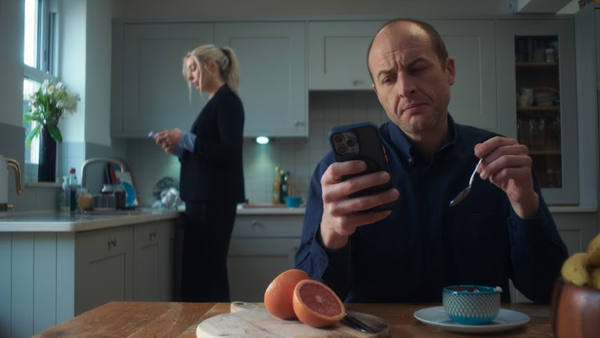Seán Brereton Hurley reframes Pat Collins' documentary Making.
“The work teaches you. You think you’re shaping the material, but really, the material is shaping you.” This is a quote directly from Pat Collins’ documentary Making, which follows the sixth edition of the seminar held in Joseph Walsh’s studio in Fartha, County Cork. What begins as a gathering of craftspeople becomes an exploration of how people learn, inherit, adapt, and carry artistic practices through their lives.
The documentary allows each artist’s personal history to define their craft. One bell maker describes learning his trade from his father, recalling how the sound of newly cast bells once echoed through his childhood home. His contribution to the seminar transcends technical skill, and looks at memory, continuity, and a dedication to keeping tradition alive.
Collins also follows the creation of Stone Vessel at Joseph Walsh Studio, the second in a series of three experimental “rambling houses” designed by Sheila O’Donnell and John Tuomey in collaboration with Walsh. Inspired by traditional Irish gathering spaces, Stone Vessel was built by a small group of stonemasons using locally quarried stone, its corbelled form creating a cave-like interior, shaped to hold sound and light. The project reflects a decade of shared dialogue between architecture and art, looking at ancient methods to explore new spatial possibilities. As the work neared completion, one mason remarks that the structure would stand for a thousand years, a testament to human labour that went into creating it.
The theme of collaboration is expressed best through the “Making in Concert” sequence. During a performance of Aaron Copland’s Appalachian Spring, conducted by Teddy Abrams of the Louisville Orchestra, a sculptural form designed in response to Abrams’ movements stands alongside the music. The sculpture’s sweeping curves mirror the conductor’s gestures, two different crafts responding to the same impulse, visible in the exchange between sound and form.
Joseph Walsh, the organiser of the seminar, encourages both artists and viewers to expand their understanding of what constitutes art. Architecture and furniture-making are treated alongside sculpture and music as equally deliberate acts of shaping space, time, and material. Collins’ direction lingers on hands in motion, surfaces being smoothed, tools being handled, revealing craft as a dialogue between the maker, the material, and the traditions they inherit.
The group of artists comes from across the world: Northern Ireland, Japan, the United States, and beyond, yet the documentary focuses on how shared work can share differences without forcing sameness. Each artist brings their own abilities and skills, and the seminar becomes a place where these overlap in practice.
Making tracks how art emerges from people’s lives: their memories, migrations, influences, values, and questions: the artist observing artists, creating art.
Making is available to watch online now.







